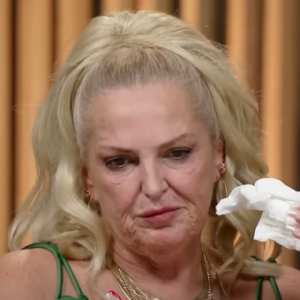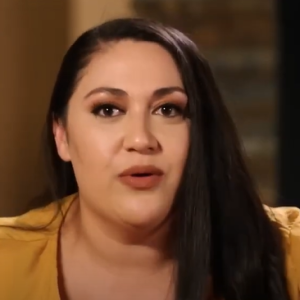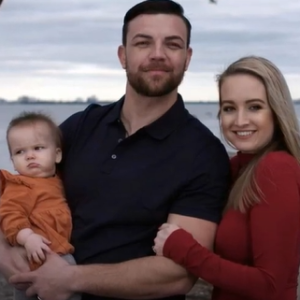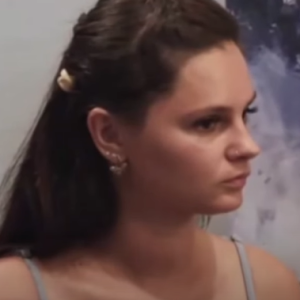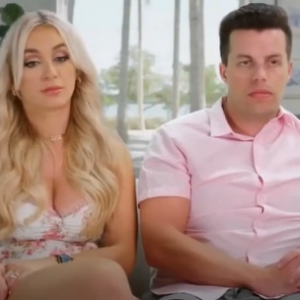The golden days of 90 Day Fiancé feel like a distant memory, and it’s heartbreaking for long-time fans to admit that the once addictive reality TV juggernaut has lost its spark. When the original season premiered back in 2014, following couples racing against the ticking clock of the K-1 visa, it was fresh, unpredictable, and gloriously messy in all the ways reality TV should be. Viewers, myself included, were glued to the screen as strangers became fiancés, lovers became enemies, and cultures collided in real time. The runaway success spawned spin-offs like Before the 90 Days, Happily Ever After, and The Other Way, each promising to show new dimensions of love under pressure. But somewhere along the way, the magic turned stale. Too much of a good thing, as they say, can be fatal. We were overfed with recycled drama, the same couples reappearing season after season, and conflicts that felt more manufactured than heartfelt. The same explosive fights, reconciliations, and fake breakups began looping like a broken record. The result? The thrill of unpredictability evaporated, leaving behind a franchise gasping for air, weighed down by its own overexposure.
The fatigue hit me hardest while watching yet another Happily Ever After season. These familiar faces—Gino, Jasmine, Elizabeth, Andre—had become less like intriguing reality stars and more like characters playing out tired scripts. There was no shock factor left in their drama; every argument and reconciliation felt pre-written. Jasmine’s jealousy, once fiery and entertaining, had turned into a predictable cycle. Even worse, social media started spoiling everything before it hit our screens. When Jasmine posted about having her baby Matilda with Matt in April 2025, the timeline chaos shattered any remaining suspension of disbelief. On TV, she wasn’t even pregnant yet, still wrapped up in a supposedly passionate tug-of-war with Gino. The disconnect was jarring—how could viewers take any of it seriously when real life was racing ahead of the storyline? Add to that the awkward revelation that Gino had allegedly dated Natalie, two Brazilian women, and even Kelly Wagner—before ending those relationships under messy circumstances—and the televised drama started feeling not just stale but outdated, like we were watching an old rerun disguised as new content.
In contrast, The Other Way stood out like a lifeline. It flipped the script entirely, sending Americans abroad to navigate culture shock, language barriers, and entirely new lifestyles. There was genuine unpredictability in watching them try to adapt, make friends, and survive in environments far removed from home. These weren’t the same couples I’d been watching for years; they were new, untested, and brimming with the raw emotion that reality TV thrives on. There were no spoilers here—no Instagram slip-ups, no leaked breakups—just authentic journeys unfolding in real time. This was what the 90 Day franchise used to feel like: emotional, fresh, and unpredictable. And yet, The Other Way also highlighted just how tired the rest of the franchise had become. Why invest in Happily Ever After when you already know every beat of the story? Why watch couples drag out conflicts that social media has already resolved months earlier? The imbalance between the spin-offs was glaring, almost like The Other Way was quietly exposing the flaws of its siblings.
Then came Elizabeth and Andre’s storyline, which at first seemed like it might offer something new. The couple was contemplating a huge life change: leaving Florida to move with their children to Andre’s hometown in Moldova. The promise of cultural tension, family drama, and logistical challenges had the potential to reignite that old 90 Day energy. Episode four delivered the big trip to Moldova, complete with a celebratory party where Andre announced their move to the locals. But the excitement quickly fizzled. Elizabeth looked deeply uncomfortable, complaining about sharing a bathroom with Andre’s parents and struggling to understand Romanian during his speech. The tension wasn’t exciting—it was just awkward, almost painful to watch. And then came the kicker: reports revealed that the couple had already built a massive home in Zephyrhills, Florida, back in 2022, and were still living there. The entire Moldova storyline felt hollow, a dramatic façade propped up for the cameras while reality told a completely different story.
The cumulative effect of these disappointments is a growing sense that the 90 Day Fiancé universe is eating itself alive. The overreliance on returning couples, the lazy recycling of conflicts, and the self-inflicted wounds from social media oversharing have all chipped away at its credibility. Where once there was a sense of urgency and authenticity, now there is only a mechanical repetition of what once worked, hoping nostalgia will keep viewers hooked. But fans aren’t as gullible as producers might think. We notice when timelines don’t match, when storylines are staged, when the people on screen are more concerned with Instagram followers than telling an honest story. And that’s the tragedy of it all—because beneath the manufactured chaos, there are still real stories to be told, fresh faces to meet, and genuine drama to witness. But until the franchise learns to let go of its security blankets and embrace risk again, it will keep slipping from must-watch TV into background noise, remembered not for its groundbreaking beginnings but for its slow, drawn-out decline.
